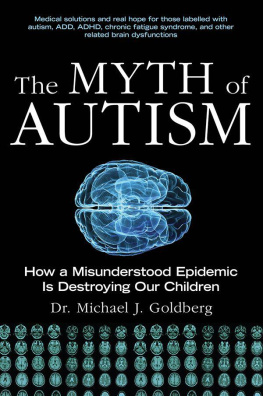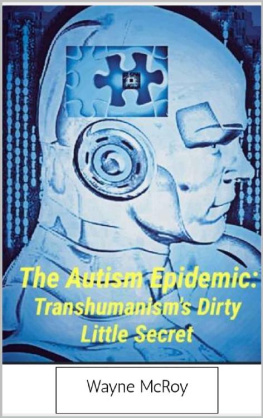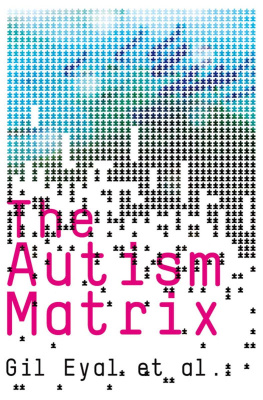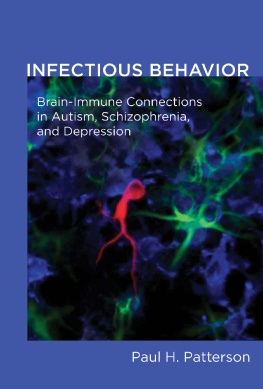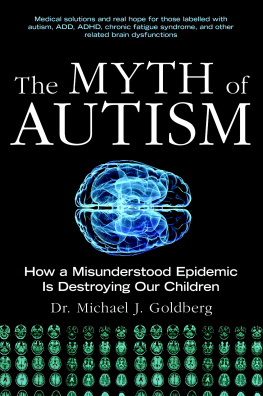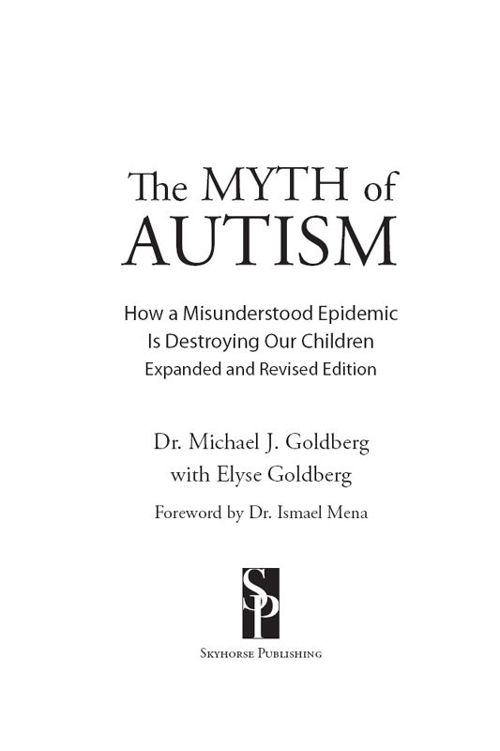Copyright Michael J. Goldberg 2011, 2014
All Rights Reserved. No part of this book may be reproduced in any manner without the express written consent of the publisher, except in the case of brief excerpts in critical reviews or articles. All inquiries should be addressed to Skyhorse Publishing, 307 West 36th Street, 11th Floor, New York, NY 10018.
Skyhorse Publishing books may be purchased in bulk at special discounts for sales promotion, corporate gifts, fund-raising, or educational purposes. Special editions can also be created to specifications. For details, contact the Special Sales Department, Skyhorse Publishing, 307 West 36th Street, 11th Floor, New York, NY 10018 or .
Skyhorse and Skyhorse Publishing are registered trademarks of Skyhorse Publishing, Inc., a Delaware corporation.
Visit our website at www.skyhorsepublishing.com.
10 9 8 7 6 5 4 3 2 1
Library of Congress Cataloging-in-Publication Data is available on file.
ISBN: 978-1-62873-717-2
eISBN: 978-1-62914-063-6
Printed in the United States of America
CONTENTS
Although the focus of this book is the autism myth, a lot of the information, studies, and conclusions can be applied to how we understand and approach ADHD variants, CFS, and CFIDS in children and adults (and to many other nonspecific psychiatric and learning labels applied to many special needs children today).
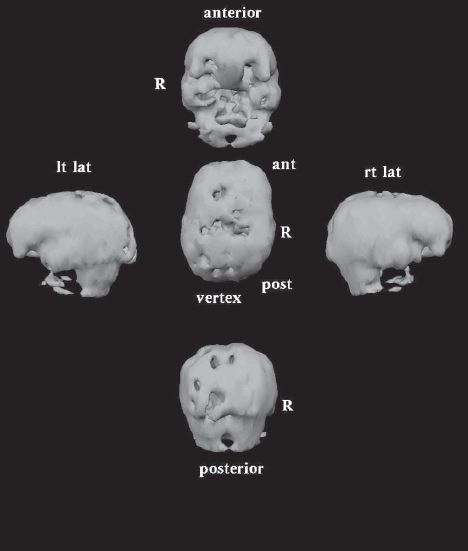
Initial 3-D NeuroSPECT imaging on patient with autism (see ). Holes are multiple areas of decreased perfusion and decreased function in the brain. This brain scan graphically illustrates the difficulty of normal brain function when holes are present.
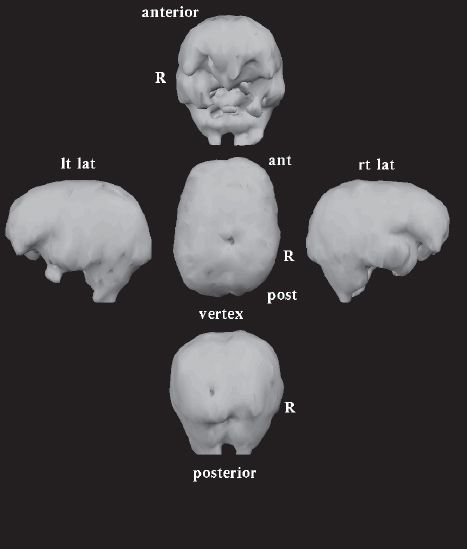
NeuroSPECT scan 2.5 years later, after treatment with The Goldberg Approach (see ). While brain function is not normal, it is significantly improved.
Conclusion: this disorder and its complications can be changed.
FOREWORD
S INCE 1994, D R . M ICHAEL G OLDBERG AND I have collaborated during my tenure as Director of the Department of Nuclear Medicine at Harbor-UCLA Medical Center in Torrance, California. The development of quantitative functional imaging techniques at our laboratory was instrumental for a long-standing collaboration in the challenging field of autism that Dr. Goldberg suspected from very early to be the consequence of an inflammatory process and thus amenable for treatment. Over the years, the epidemic increase of the prevalence of this dreadful condition has strengthened this hypothesis.
During the last fifteen years we have participated actively in the development of quantitative software in order to assess brain perfusion by means of NeuroSPECT. The development of this imaging software has achieved results by comparing against a normal, age-matched database and expressed in standard deviations above or below the normal mean. (The color gray is normal range, whereas light blue, dark blue, and green denote hypoperfusion at 2, 3, and 4 standard deviations below the normal, age-matched mean, respectively. The colors red, pink, and white are 2, 3, and 4 standard deviations above normal mean, respectively). The process entails normalization of brain volume in order to establish the comparisons mentioned above, and this is achieved by means of the Talairach technique, which is currently performed by automatic reconstruction, thus reaching the ultimate goal of 100 percent reproducibility of results (Segami Corp. Neurogam Oasis). This highly accurate way of assessing brain perfusion, and therefore of brain function, is performed with the radiopharmaceutical Tc 99m HMPAO, Ceretec, that provides stability of distribution and concentration in the brain parenchyma after the first two minutes of IV injection with a 1 percent/hour loss only.
The NeuroSPECT findings of cerebral cortical and subcortical perfusion in chronic fatigue syndrome (CFS) and in pervasive developmental disorders, namely, autism, have enabled us to define common features among these two disorders. Ive included these findings, in brief, to give the reader a sense of the extensive research that informs The Myth of Autism .
Chronic Fatigue Syndrome
Patients with CFS present during the evolution of their chronic condition signs of small vessel disease distributed in the lateral aspects of temporal lobes, premotor areas, and parietal lobes reaching to the convexity of the brain and also in the orbital-frontal areas of the frontal lobes. There is also frequent involvement of temporal lobes in the mesial aspects, in the projection of the hippocampus, and in the inferior gyrus at the level of the temporal poles also. In the limbic system we observe diminished function in anterior and posterior cingulate gyri and approximately in 50 percent of patients hypoperfusion in the subgenual area thus implying the presence of a secondary depression. Finally there is focal hypoperfusion also in both occipital lobes in the interhemispheric fissure, highlighted in this patient in the posterior view and inferior aspects of temporal and occipital lobes. In the subcortical structures there is very frequently deep hypoperfusion of the head of the caudate nuclei, less frequently in the dorso-ventral posterior aspects of both thalami and sometimes also hypoperfusion in the lentiform nuclei. The findings of subgenual hypoperfusion, anterior cingulate hypoperfusion, and increased thalamic perfusion are indicative of the presence secondary depression. The caudate and posterior cingulate gyrus hypoperfusion in the presence of hippocampus hypoperfusion are indicative in other patients of cognitive dysfunction, which is a frequent symptom in CFS. These findings suggest severe inflammatory changes involving, temporal, frontal, parietal lobes, occipital lobes, and frequently caudate nuclei involvement denoting cognitive impairment.
Autism
Quantitative rCBF absolute measurements with Xenon 133 were found to be significantly higher than normal in autistic children, with maximal values in the frontal lobes and visual cortex. Minimal perfusion was observed in the temporal lobes. Decreased rCBF was also noted in the cerebellum and occipital lobe. Tc 99m HMPAO images demonstrate qualitatively increased frontal (subgenual) perfusion, and also temporal, occipital hypoperfusion. In this patient increased subgenual perfusion is indicative of a comorbidity of attention deficit disorder.
In other patients we have demonstrated with Tc 99m HMPAO imaging increased frontal perfusion, and also temporal, occipital, and cerebellar hypoperfusion. In the basal ganglia of these patients very frequently there is normal perfusion and function of thalami, caudate nuclei, and lentiform nuclei. They may also have many symptoms consistent with OCD characteristics, associated with the following areas of dysfunction, namely, inferior frontal, anterior poles of the temporal lobes (amygdala), and posterior cingulate gyri, demonstrating increased perfusion of these areas.
In 1995, Mountz, Tolbert, Lill, Katholi, and Liu reported their HMPAO findings in six children with severe autism and demonstrated with semiquantitative techniques temporal and parietal hypoperfusion with lateralization to the left hemisphere.
Georges, Costa, Coniz, Ring, and Ell reported in four autistic adults with Tc 99 HMPAO diminished rCBF in temporal and frontal lobes. The temporal abnormality appears to be confirmed mostly in adults, adolescents, and children suffering of autism. Thus, damage to temporal lobe in an early developmental stage may result in autistic manifestations.

